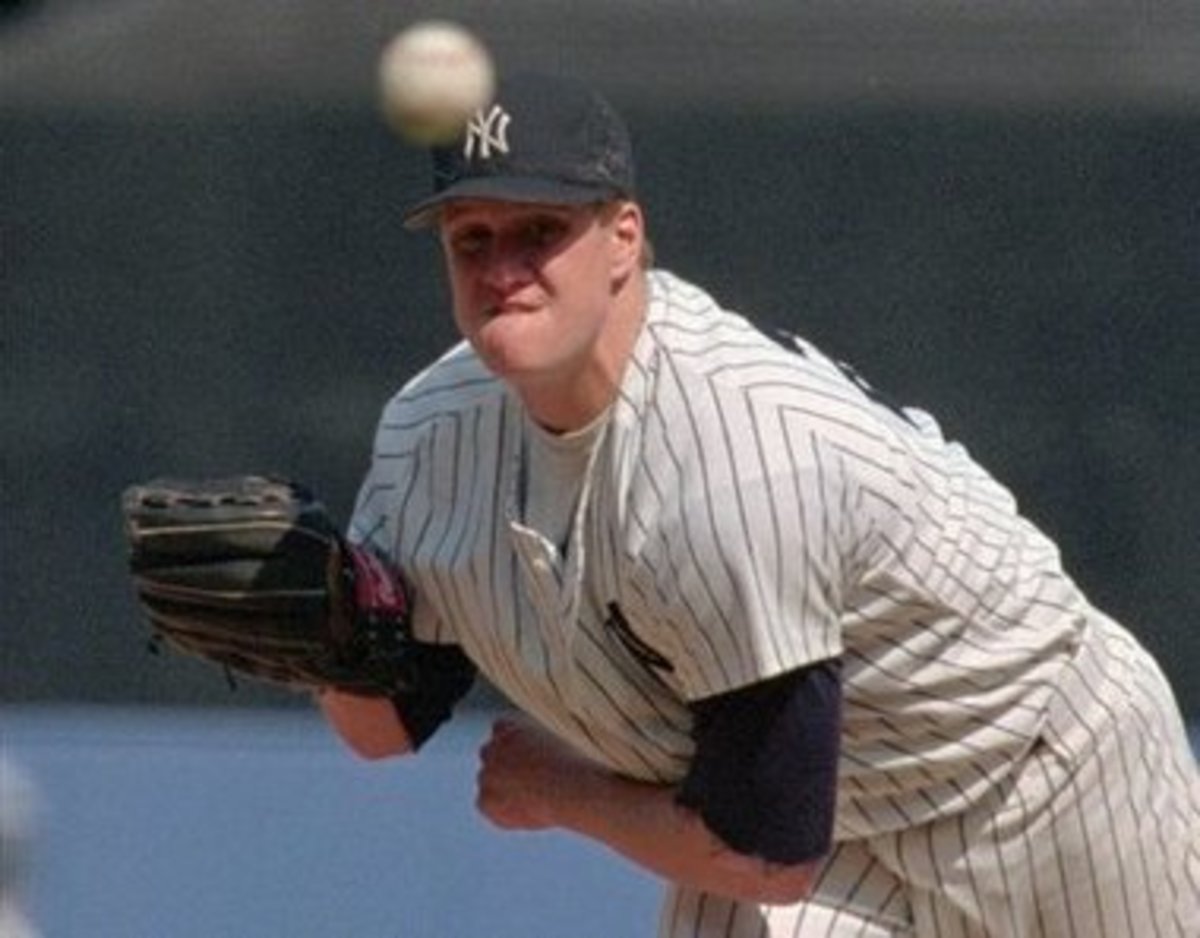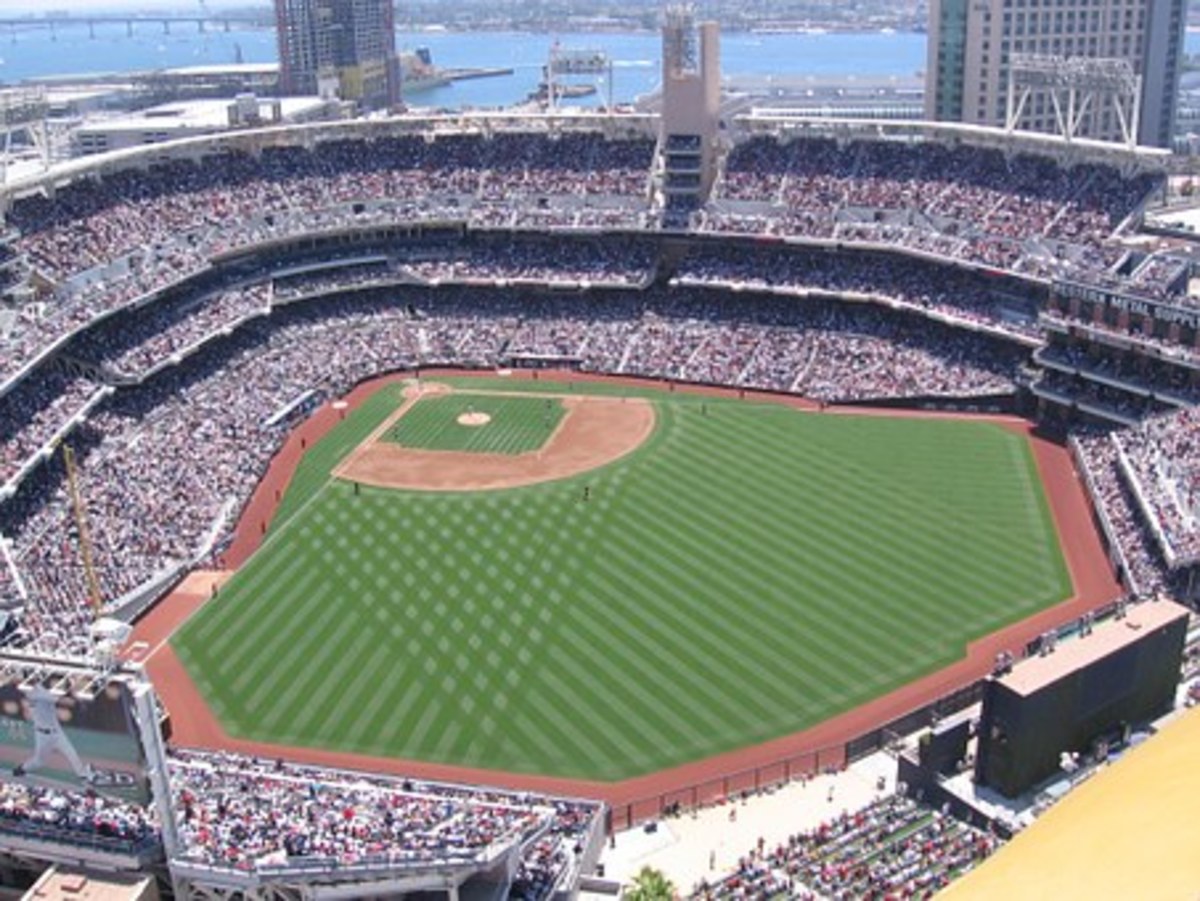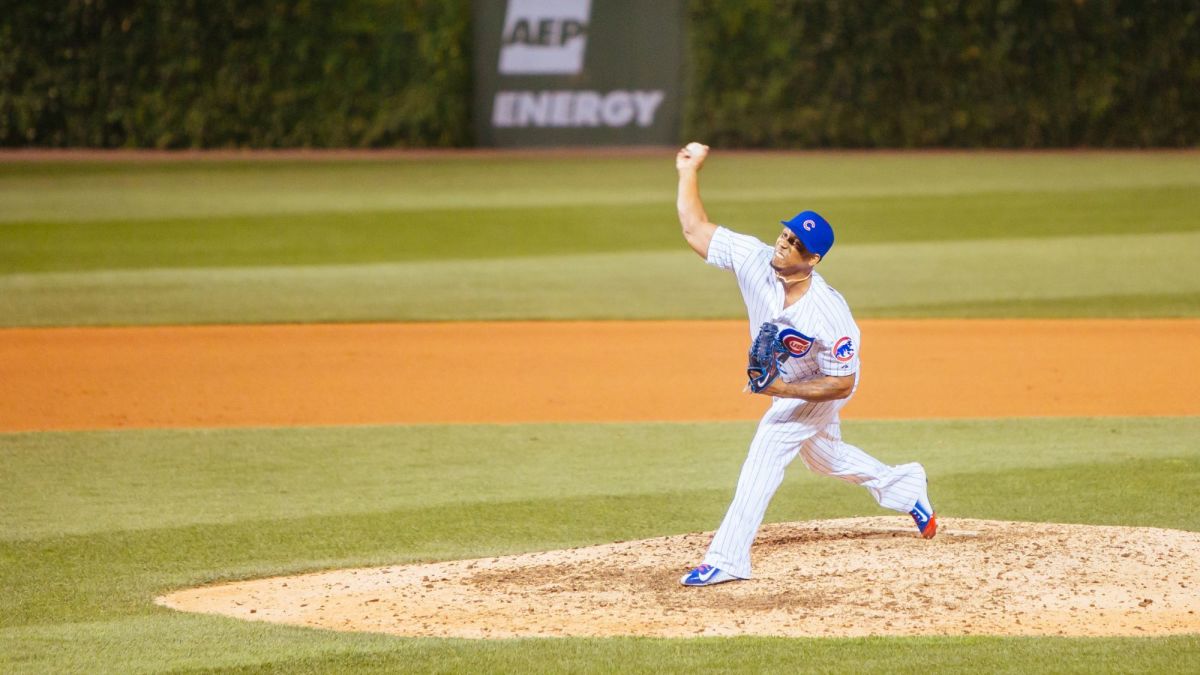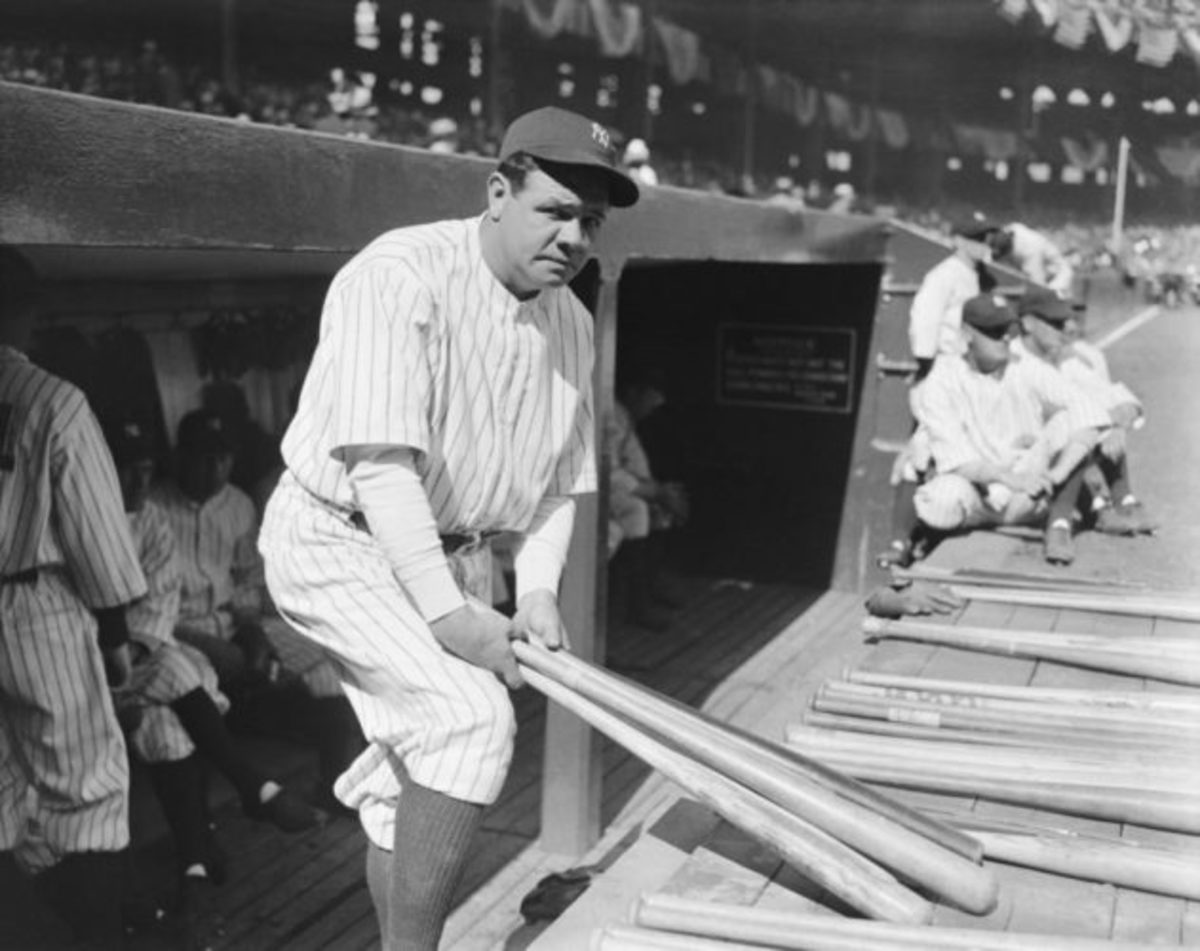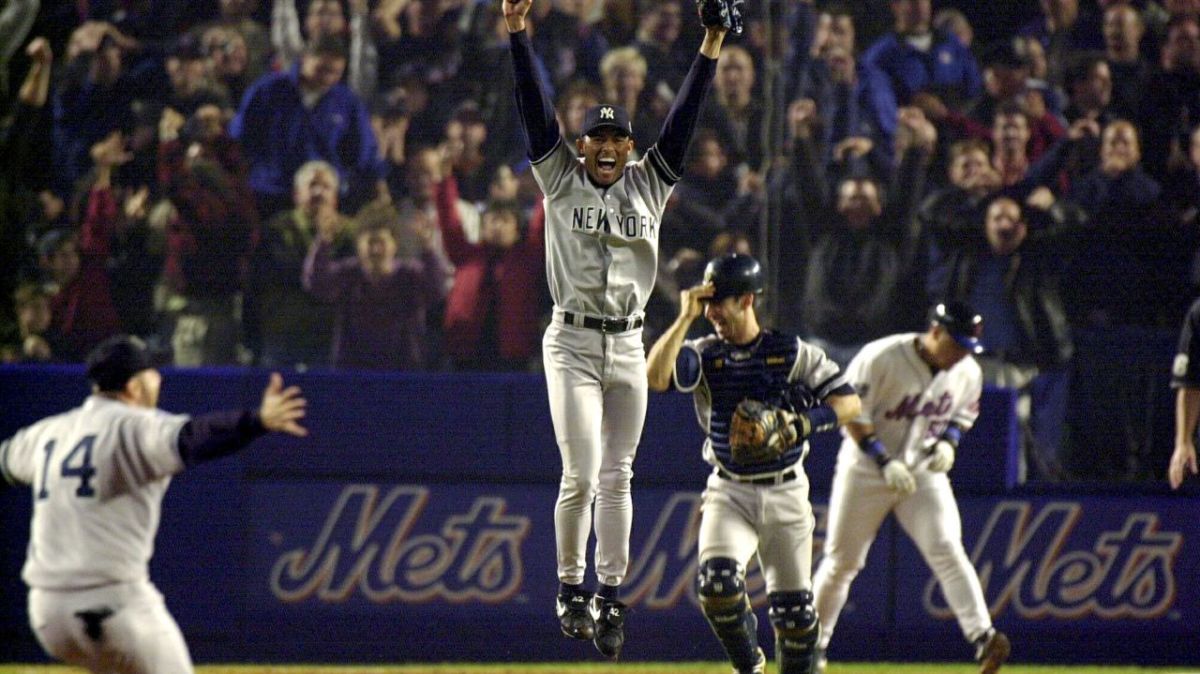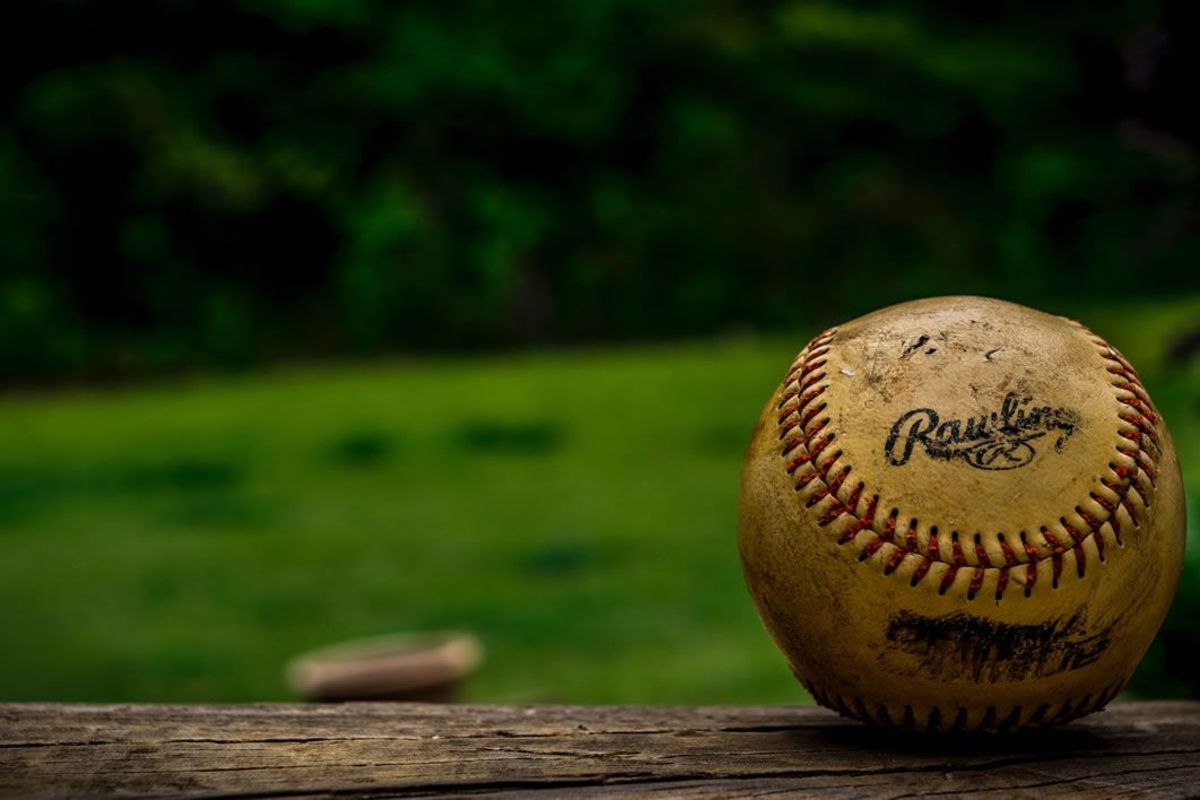- HubPages»
- Sports and Recreation»
- Team Sports»
- Baseball
Long Gone Summer: What MLB could learn from the 1998 Home Run Race.
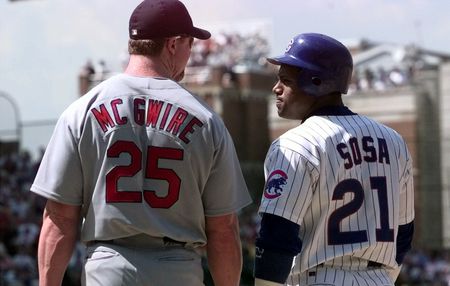
“Long Gone Summer” aired last Sunday night for viewers of ESPN and is since the most current in ESPN’s 30 for 30 series. The documentary covered the 1998 Home Run Race that initially started with future Hall of Famer Ken Griffey Jr., Mark McGwire, and Sammy Sosa. Each player could stake their claim as being the one that should have the crown and in previous seasons they were known for their towering long shots out of ballparks both North and South, and East and West. However, 1998 was truly a year to remember for all of baseball because the unthinkable happened.
According to “Long Gone Summer”, Major League Baseball was in a crisis mode as it was being overtaken by other sports leagues in the television sector. With the exception of specific Major League Franchises in certain cities most Major League clubs found that although they were turning a profit it was not nearly as gigantic as their football and basketball counterparts with which they sometimes shared stadiums. In 1994, Major League Baseball went on strike and this outraged fans, players and owners alike. However, the latter two were more affected by the strike than the fans who thought that “millionaires fighting billionaires.” It was hard to find sympathy for people who made millions of dollars a year to be bickering for even more money. This looked to be the collapse that baseball had always been fearing in that in 1995 attendance began dropping. Ballparks were no longer filling up and the national pastime needed something to keep people interested. Enter 1998, the turnaround that baseball had been looking for happened but not for the reason that anyone might think. Previously, in Major League a youthful outfielder was taking the stance as the game’s ambassador. Ken Griffey Jr. had taken the Seattle Mariners from the bottom rung of Major League Baseball. Griffey was a favorite to be the home run king in the near future due to his knack for launching rockets in the Kingdome, Seattle’s home ballpark at the time. Griffey was however plagued by many injuries during his career which prevented the Mariners from reaching far into the playoffs but remaining the game’s best hitter. The second participant in the race was Mark McGwire who had been pretty low-key performer in the game but was a hero in Oakland along with his slugging pal, Jose Canseco. The Bash Brother’s, as they were known, had success in Oakland but secured only one World Series in a 10-year stretch. Successful yes but it seemed that individual goals were more important to McGwire who sought refuge elsewhere following 1997 when the Oakland A’s would not resign him and his former manager in Oakland, Tony LaRussa, had found a new home in St. Louis. The Cardinals were beginning to form a dynasty that would provide them with two World Series many years later under LaRussa but for now the Cardinals were rebuilding. Their first step was to sign an aging McGwire. During his brief tenure McGwire appeared to have gained more fame in St. Louis. The last figure in the race was an entirely unknown player who unlike the other two did not hail from the United States. Sammy Sosa, is from the Dominican Republic, a predominant baseball playing country for which great players are known for having “La Sangre” or “The Blood”. It appears as though in the Dominican Republic players are simply born with the gift to play the game. Sosa played previously for the White Sox and Rangers before finding his home on the North Side of Chicago. Sosa was relatively unknown for his talent and more for his playful side on the field. One thing was true though, Sosa possessed a hustle that was not seen since Pete Rose. A love for the game which he reveled in “Long Gone Summer” that rivaled much against McGwire’s “see ball hit ball” plain attitude. These are the three figures who would set the stage for the year baseball had dreamed about.
Well we know that Ken Griffey Jr. did not win the race but in his career he hit more home runs than either Sosa or McGwire. However, he is revered far beyond the 1998 performance as he is now enshrined in Cooperstown and was never apart of the discussion that McGwire and Sosa would be apart of years later. Sammy Sosa was edged out for the record but set a record of his own that season with 66 home runs of his own. Sammy Sosa did not have as great of a season as the winner but did not exactly squander his talent either. Lastly, Mark McGwire won the race but lost the Hall of Fame voters hearts in modern times. It seems that steroid usage hurt his chances for this but it has also put a mark on Sammy Sosa permanently. Admitting to using performance enhancing drugs does tarnish the image that many have of the game’s greatest stars in the modern era including Roger Clemens, Barry Bonds, Alex Rodriguez amongst others. However, it is wrong to judge the players for taking the substances. In “Screwball”, the 2019 documentary that published Alex Rodriguez’s involvement in using performance enhancers made Alex Rodriguez out to be the villain which is not a fair look at the problem. “Long Gone Summer” did the exact same thing where it imposed public scrutiny upon the players. The player are not to blame for using performance enhancers. Who should be blamed is the executives in Major League Baseball who allow steroid use to occur in the league. Handing slap on the wrist punishments such as 50-games served by Ryan Braun and Robinson Cano is not the answer for this sort of problem. For those, who watch baseball and are avid fans of the game, one player does not make a team. Barry Bonds did not make the San Francisco Giants a great team. He instead focused on individual records and making himself better. This is a great way to help and do your part for the team but this does not solve the issue that the 1998 season changed the way fans look at the modern game. When Ted Williams broke the single season record for batting average (.406) he played to win the World Series not for the record. Baseball is in a crisis today in 2020 which is very similar to the one it faced in the 1990s. Blaming everyone is incorrect. Instead, the executives again need to be blamed because they are the ones who provide massive contracts to the players and are now the reason for the strike that is putting an entire industry out of business for the simple fact that the players will not play for anything less than the contracts that they signed. Baseball needs to come up with a new incentive to draw fans back now more than ever as the Astros cheating scandal along with this may just be what baseball feared back in 1998, its demise.

